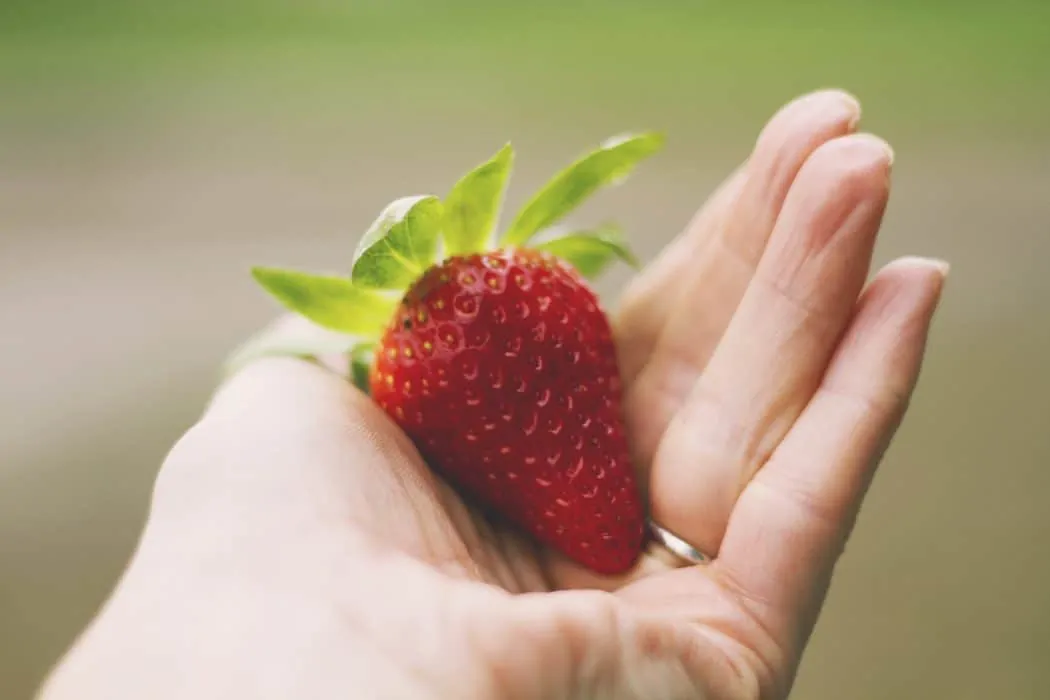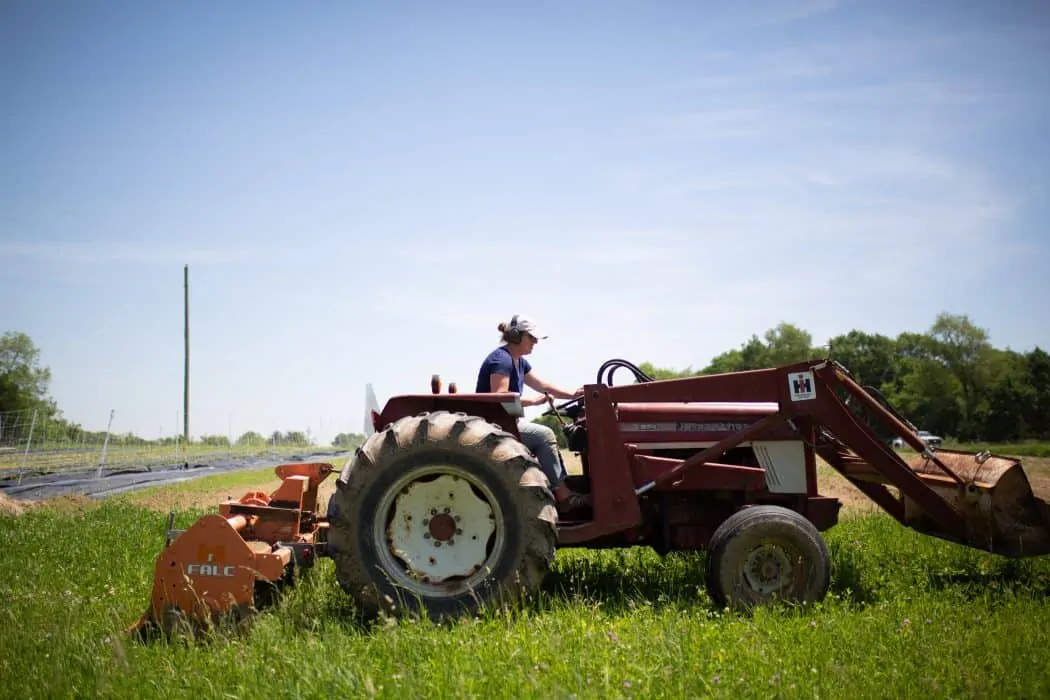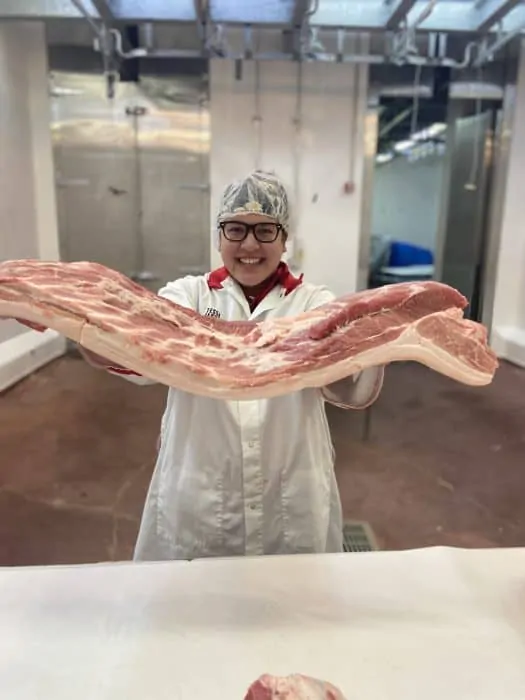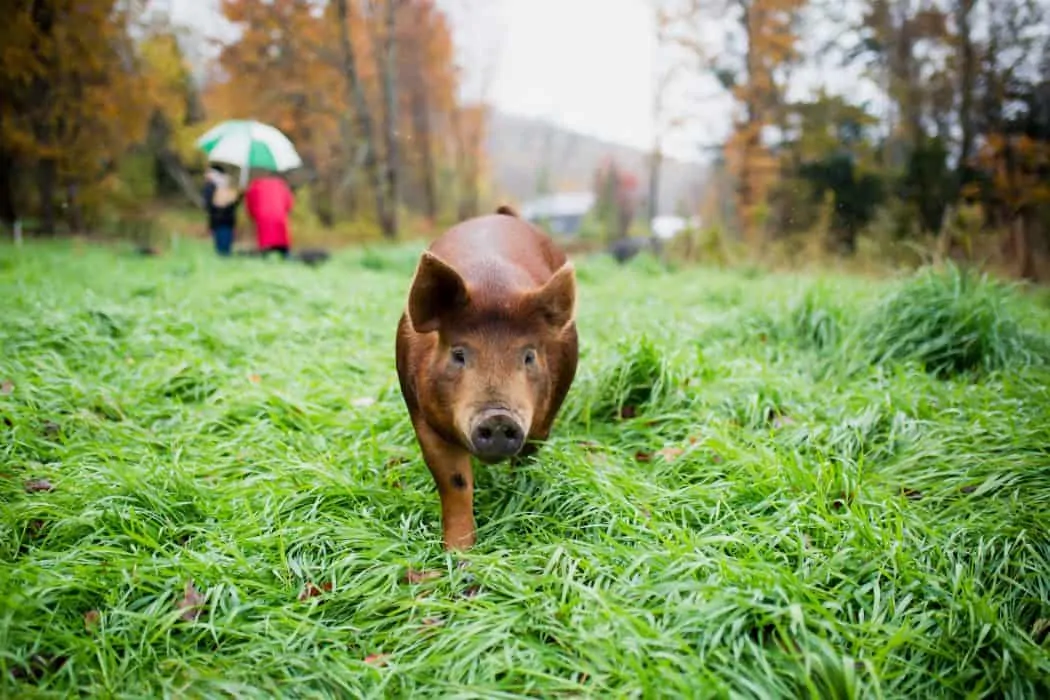2020 is full of unexpected changes. Unfortunately, in many US households, food insecurity is one of those uncertainties. Currently, 1 in 9 people in the US struggle with hunger. Food insecurity and farming go hand in hand. A farmers’ job is to make sure everyone eats. However, the global pandemic makes that responsibility more difficult. In Iowa, many farmers, processors, and students are stepping up to the plate to ensure this happens with the ‘Pass the Pork’ program.
Pandemic Changes Cause Food Insecurity
Food insecurity describes a household’s inability to provide enough food for every person to live actively and healthily. We use food insecurity as a measurement tool to assess the risk of hunger in our county. For many families, one “bad month” can change the course of hunger. Anything from an unforeseen accident to a layoff at work plunges families into wondering where their next meal will come from. This forces working Americans to decide if paying bills or eating is more important.
According to an analysis of new data from the Census Bureau and the Department of Agriculture, the level of hunger in households has almost TRIPLED between 2019 and August of 2020.
- 10.5 percent (13.7 million) of U.S. households were food insecure at some time during 2019.
- 35.2 million people lived in food-insecure households.
- 5.3 million children lived in food-insecure households in which children, along with adults, were food insecure.
Comparatively, the proportion of American children who do not have enough to eat is now 14 times higher than it was last year. That means over 54 million people are at risk of food insecurity today. Of those people, 18 million are children.

Rural Hunger Strikes
Remarkably, this increase in hunger has nothing to do with any actual shortage of food.
According to the USDA, in recent years, 31 percent of the U.S. food supply at the retail and consumer level is thrown away. This translates to 133 billion pounds of food with a value of $161 billion.
The nationwide hunger rate among small towns was 12.7% in 2018 compared to 10.8% in urban areas. And according to the national nonprofit, Feeding America, 87% of U.S counties with the highest rates of food insecurity are rural.
Farm-Level Food Waste
As the pandemic unfolded, so did food waste at the farm-level. Unable to process animals, farmers face the task of removing animals ready for harvest. This makes their job harder than ever. As food bank use is increased across the country, the reallocation of food that’s wasted seems ideal.
However, it is not always feasible for farmers. Especially if they incur all the costs of getting the product to the food bank. For farmers operating at a loss this year, adding the cost of harvest labor, packaging, and/or transportation to donate would add to their debt. Farmers who have highly perishable products and little cold storage may also find this solution difficult or even impossible.
As food processors slow to a crawl, there is simply nowhere for the pigs to go for processing. This creates a serious backlog. Because of the difficulties mentioned, farmers feel somewhat stuck.
These scary facts from both perspectives inspired me to talk about food insecurity, and find stories of FarmHers who are helping their communities.

A Food Science Fit
Tessa Jarvis, an Iowa State University graduate assistant in Meat Science, is one of those FarmHers. She didn’t grow up with a background in agriculture but fell in love with food science after an internship helping with foodservice and retail products. Inspired by her high school biology teacher, Tessa strives to conduct research where she can see the impact. The agriculture industry fits perfectly.

The Helping Harvest Floor
Just like all Americans, COVID-19 has changed Tessa’s everyday life. Instead of research in the lab, she is harvesting pork and/or beef. Before coming to Iowa State, Tessa was not familiar with the harvest floor. Learning the full process of meat production is a huge opportunity for her and fellow research students. Her experience on the harvest floor led to the participation in ‘Pass the Pork’.
Pass the Pork, Please
Through ‘Pass the Pork’, the Iowa Pork Producers Association and the Iowa Department of Agriculture and Land Stewardship helps Iowa pig farmers donate pigs to Iowa food bank feeding programs.
The ‘Pass the Pork’ program has enabled Iowa pig farmers to bring over 200,000 servings of pork to Iowa food banks. Thanks to donations, 451 pigs have been donated for processing. Additionally, enough funds were provided to cover the costs at local meat markets until the switch to using the Iowa State University Meats Laboratory for processing. The money for processing will now come from the CARES (Coronavirus Aid, Relief, and Economic Security) Act.

Giving Back To Food Insecurity
Tessa’s advisor at Iowa State overseas the meat lab and encouraged her to help out with the program. Lab students, like Tessa, keep the process moving. ‘Pass the Pork’ has now fed over 30,000 Iowans. Tessa believes that fact in itself is enough incentive to keep donating time to the project.
Food insecurity is a grim reality that many Americans face daily. Like Tessa and many others, pitching in where you can is needed. Life changes are bound to happen as we navigate through the global pandemic, but food security is vital for everyone.
Everybody Eats
Find More Stories at Everybody Eats
We all eat, and that is why farming will always matter. Everybody Eats is where the stories of food and farming intersect.
These stories told through my FarmHer lens connect us to our food and more importantly, the people behind it.
Everybody Eats is a collection of stories of those who protect our rural communities, who grow our food with extraordinary care, and who provide support, education, and assistance to make sure Everybody Eats.


